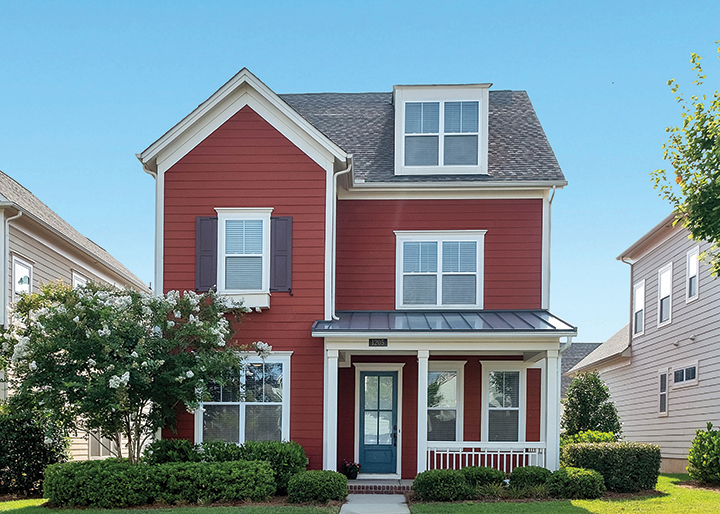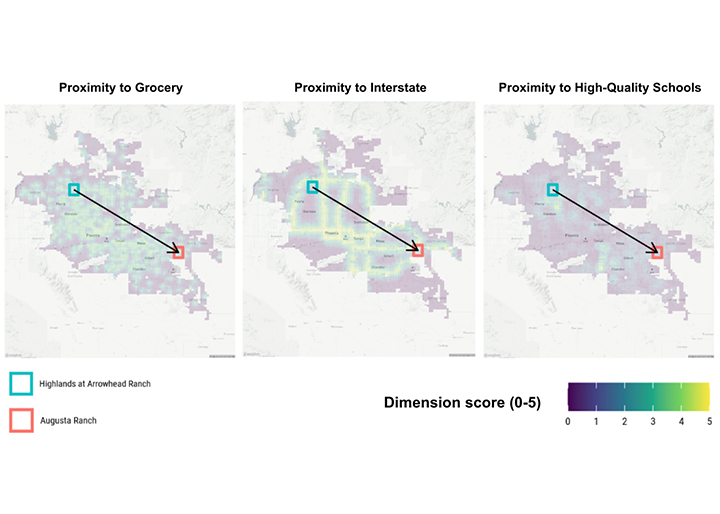A Look Back at 2022 and Ahead to 2023
Where There is Chaos, There is Often Opportunity By Rick Sharga As we prepare to exit one of the most tumultuous years for the housing market in recent memory, there’s a lot to unpack. The market started the year off white hot, with consumers, and individual and institutional investors competing for limited inventory, driving home prices up another 15% from 2020’s already-high numbers. Housing starts were increasing to levels not
Read More












